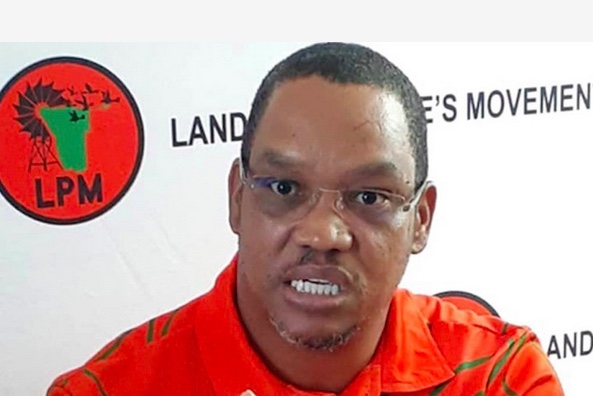Namibia’s trade activity increased in value by 18,7% year-on-year (y/y) in May, driven by an increase in exports, led by uranium, which rose 45,3% y/y and imports, topped by petroleum oils, rising 4,0% y/y.
Given that exports grew faster than imports, the trade balance narrowed from a deficit of N$5,5 billion in May 2022 to a deficit of N$2,8 billion in May 2023.
According to the Namibia Statistics Agency (NSA), the analysis for the commodity of the month focused on both the exportation and importation of ‘sugars, molasses and honey’.
“For the month of May, Namibia imported ‘sugars, molasses and honey’ valued at N$124,9 million mainly from South Africa and re-exported the same commodity worth N$9,8 million mostly destined to Zimbabwe,” said NSA chief executive Alex Shimuafeni.
However, according to economic analysts Simonis Storm Securities, the trade balance widened on a monthly basis by 110,8% month-on-month, from a deficit of N$1,3 billion in April 2023 to a deficit of N$2,8 billion in May 2023.
Uranium was the country’s top export earner in May, raking in N$2 billion, followed by pearls and diamonds (N$1,5 billion), fish (N$1,1 billion), gold (N$913 million) and copper (N$512 million), all accounting for 70% of the export bill.
Of these top products, 15,7% were re-exports, specifically pearls and diamonds, which accounted for 25,5% and copper at 99,8%, according to economic analysts at Simonis Storm Securities.
On the other hand, petroleum (N$2,9 billion), copper (N$1,6 billion), commercial vehicles (N$511 million), building materials (N$229 million) and passenger vehicles (N$220 million) accounted for 46% of the country’s import bill in May.
Year-to-date (YTD), Namibia recorded an average monthly trade deficit of N$1,9 billion, an improvement from the corresponding period of the previous year, which recorded an average monthly deficit of N$3,2 billion.
“This is supported by higher economic growth rates, primarily being driven by the mining sector and metal processing activities in the manufacturing sector,” said Simonis.
“Despite this positive trend in exports, we still expect the import bill to be inflated above export earnings, and so lead to further trade deficits in 2023. The import bill is likely to remain elevated owing to a weaker rand exchange rate compared to 2022 levels and high petroleum costs,” said Simonis.
According to the NSA, May 2023 saw Namibia’s top five export markets accounting for 69,7% of total exports.
Botswana topped the list as Namibia’s main export destination accounting for 18,9% of exports, China came second with a share of 18,1% and South Africa was third with a share of 17,9%, Canada (7,5%) and Zambia (7,2%) came in fourth and fifth
positions, respectively.
South Africa and the Rest of Africa have been Namibia’s primary source of imports, with South Africa alone accounting for 38% of the import bill YTD, compared to 35% for the same period in 2022.
The supply chain issues caused by the pandemic forced Namibia to become more interactive with the Rest of Africa, as countries overseas had port closures and trade restrictions.
In 2020, 22% of our import bill was sourced from the Rest of Africa, while YTD it only accounted for 2%. At the same time, imports from Asia grew by taking up an additional 14 percentage points in our import bill since 2020.
South Africa’s dominant trade position with Namibia implies that we are vulnerable to cost pressures emanating from load-shedding, droughts, the weak rand exchange rate, looting by protesters and any other cost pressures in South Africa. – email: matthew@namibian.com.na
Stay informed with The Namibian – your source for credible journalism. Get in-depth reporting and opinions for
only N$85 a month. Invest in journalism, invest in democracy –
Subscribe Now!










